May 20, 2025 | 15:30 GMT +7
May 20, 2025 | 15:30 GMT +7
Hotline: 0913.378.918
May 20, 2025 | 15:30 GMT +7
Hotline: 0913.378.918
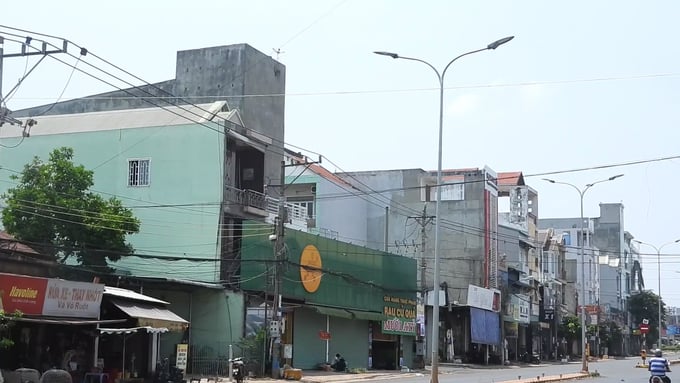
Swiftlet farming houses in the center of Phuoc Binh ward, Phuoc Long town, Binh Phuoc province. Photo: Tran Trung.
Clusters of swiftlet farming houses were established at the center of Phuoc Binh ward, Phuoc Long town, Binh Phuoc province. Noise are played continuously through loudspeakers placed at the top of these buildings to attract swiftlet. The nearby community's daily life has been severely disrupted by the incessant noise.
Local swiftlet farmers claim that a farming house requires a sizable initial investment. On the other hand, swiftlets prefer to live in groups and they are extremely sensitive to sounds and surrounding environments.
The swiftlet lure sound system needs to be subtle enough to draw them in and soothing enough to put them to sleep. The lure sound is a deciding factor in swiftlet farming. Consequently, many swiftlet farmers insist on using loudspeakers despite protests.
According to Binh Phuoc Department of Agriculture and Rural Development, the province is an ideal location for the development of swiftlet farming. Local swiftlets can flourish thanks the vast land area, favorable natural habitat, and abundant food sources.
Swiftlet farming requires little labor. Additionally, swiftlet products are a staple in the market because the current price of bird's nest ranges from 350,000 VND to 5,900,000 VND per 100 grams. Swiftlet farming households can earn up to millions of Vietnam Dong in profit every month.
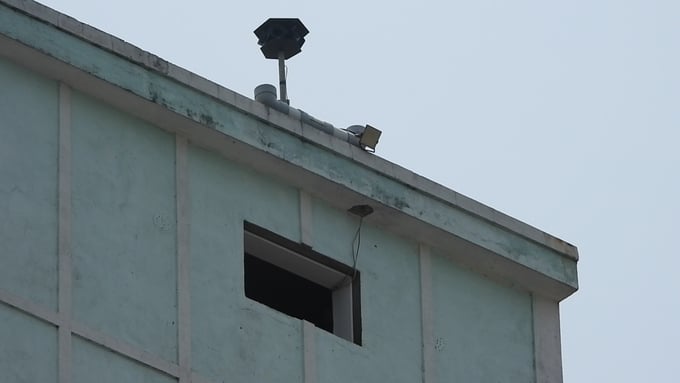
The lure sound is a deciding factor in swiftlet farming. Consequently, many swiftlet farmers insist on using loudspeakers despite protests. Photo: Tran Trung.
Binh Phuoc province has nearly 1,400 establishments specializing in attracting and exploiting swiftlets. These esablishments are distributed across Dong Xoai city, Chon Thanh town and the districts of Loc Ninh, Dong Phu. Swiftlet houses are often constructed in combination with homes and other civil constructions on the higher floors. Many swiftlet houses are constructed in residential areas, so their noises greatly affect the neighborhood.
Furthermore, the majority of swiftlet farming households are small and spontaneous. The inefficient swiftlet luring system has prompted Binh Phuoc's local government to tackle drastic management solutions.

Swiftlet farming is highly profitable for farmers in Binh Phuoc. Photo: Tran Trung.
According to Mr. Tran Van Phuong, Deputy Director of Binh Phuoc Department of Agriculture and Rural Development, the province is implementing the planning for swiftlet farming areas in accordance with the Law on Livestock production. Subsequently, Binh Phuoc will develop suitable swiftlet farming areas without affecting the lives of surrounding residents.
Swiftlet farming establishments are required to install equipment that accomodate the behavior of swiftlets; installed equipment must be monitored with a code for traceability. Additionally, the local government will strengthen inspection and supervision of animal hygiene, environment, disease, food safety in swiftlet farming establishments.
Active swiftlet houses must be placed at least 300 meters away from residential areas and lure sound is played following a regulated schedule. Birdhouses within 300 meters of residential areas will not be allowed to use loudspeakers.

Many bird nests in Binh Phuoc are built in residential areas. They require detailed guidance and planning from the local government. Photo: Tran Trung.
According to Mr. Dau Van Hai, Head of tthe Department of Livestock Production Environment under the Institute of Animal Sciences for Southern Vietnam, swiftlets from around the world have migrated to Vietnam with a preference for the Central Highlands and the Southeast.
Swiftlet farming is developing very strongly in most provinces and cities. In addition to its natural forest area, fruit trees and other crops in Binh Phuoc provides an abundant source of food for migrating swiftlets. As a result, a regulated planning for swiftlet farming areas is an urgent necessity.
Through research, Mr. Hai has determined the biological traits and reproductive potentials of domestic swiftlets in the province as well as the impact of technology on the yield and quality of raw bird's nests.
In order to reduce the impact of noise on the surrounding community, a swiftlet farming house must meet several minimal technical standards, including a healthy habitat and nutrient-rich feed.
Binh Phuoc needs to plan the farming area and develop swiftlet houses with regards to biosecurity, food safety and environmental hygiene based on the Law on Livestock Production. Moreover, the province must develop regulations on management of swiftlet farming activities, organize value chain linkages for the development of swiftlet farming. These activities will contrbute to improving the competitiveness of Binh Phuoc's swiftlet industry.
Translated by Nguyen Hai Long
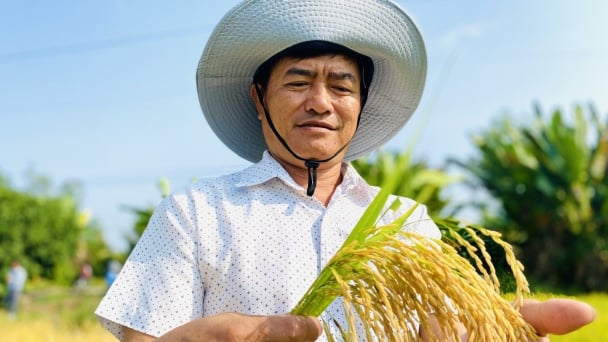
(VAN) Dong Thap farmers attained an average profit margin of 64% during the summer-autumn 2024 crop (first season), while An Giang and Kien Giang farmers followed with 56% and 54%, respectively.
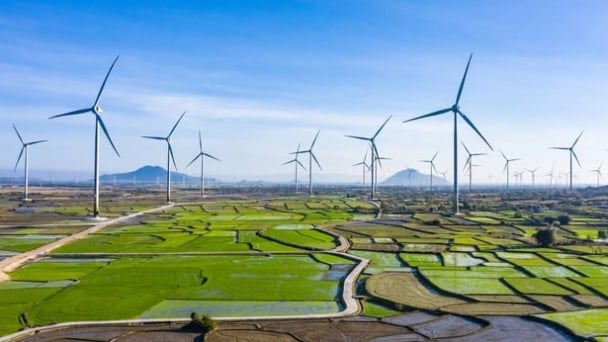
(VAN) As a doctoral student doing research on renewable energy and electrification at Harvard University, the author shares his musings on electricity, nature, and countryside memories.

(VAN) The decree on Extended Producer Responsibility (EPR) ensures transparent management and disbursement of support funds, avoiding the creation of a “give-and-take” mechanism.

(VAN) Hue City rigorously enforces regulations regarding marine fishing and resource exploitation, with a particular emphasis on the monitoring of fishing vessels to prevent illegal, unreported, and unregulated (IUU) fishing.

(VAN) Hanoi People's Committee has issued a plan on reducing greenhouse gas emissions in the waste management sector with 2030 vision.

(VAN) Vietnam's draft amendment to Decree No. 156 proposes a mechanism for medicinal herb farming under forest canopies, linking economic development to population retention and the sustainable protection and development of forests.
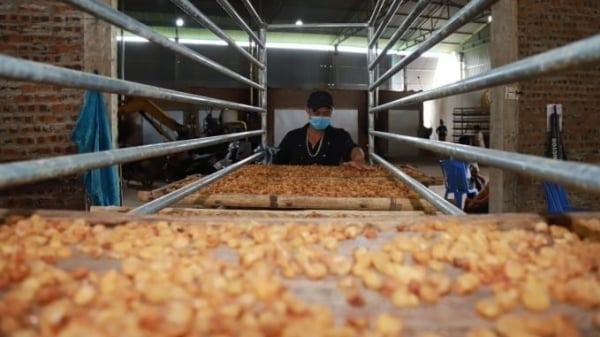
(VAN) In reality, many craft village models combined with tourism in Son La have proven effective, bringing significant economic benefits to rural communities.